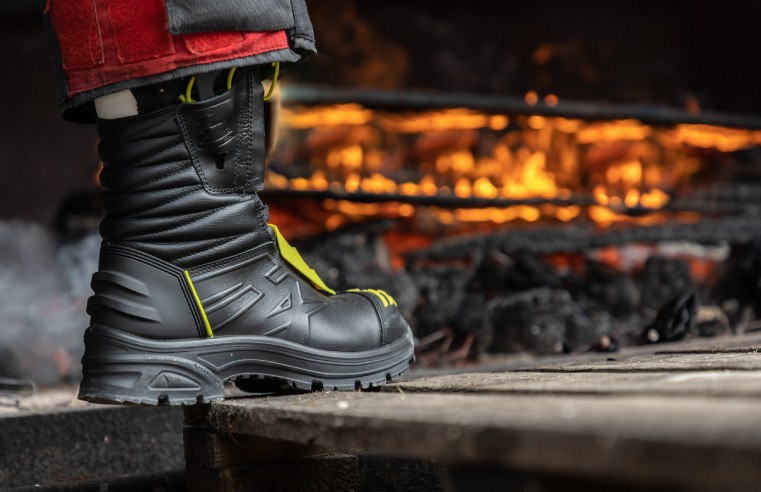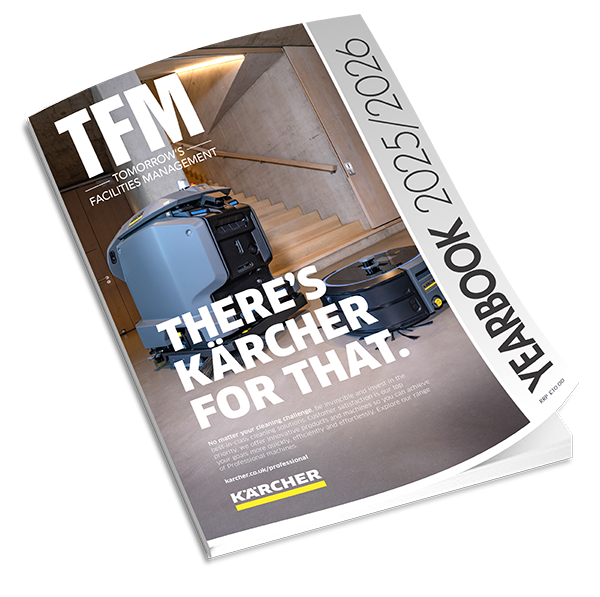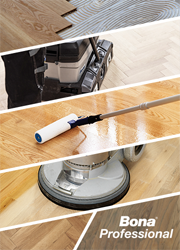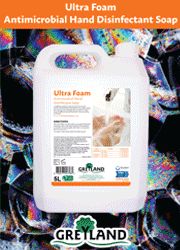Simon Ash, Sales Manager at HAIX, reveals what goes into the company's firefighter footwear and the testing that helps them meet high standards of comfort and safety.
What key features are firefighters looking for in their footwear?
Firefighter boots must protect the wearer from hazards, be quick to put on at a moment’s notice, be rugged enough for long-term wear in extreme environments, and provide comfort and support for every wearer.
Puncture injuries caused by a firefighter treading on a nail or similar sharp objects is always a concern. Although all materials perform well in the laboratory with standard lab test nail dimensions, we have found that steel outperforms composite materials with thinner and potentially hotter nails often found in the 'real world' because sharp tips often slip off sheet steel, where they can get caught and penetrate textile material. As a result, all HAIX Fire boots have a steel puncture-resistant midsole to offer firefighters maximum protection.
Firefighters also need protection from foot injuries and longer-term issues like Musculoskeletal Disorders (MSDs). MSDs are often caused by wearing poorly designed and uncomfortable footwear leading to joint pain, swelling of the legs, bunions and corns, and even flat feet and lower back pain. MSDs could be aggravated by firefighters not wearing appropriate safety footwear with the right protection and comfort. HAIX’s designs include elements such as PU sole support wedges, two-zone lacing systems, foot arch support and heel cup cushioning to ensure that wearers are guaranteed the best fit, no matter how long the wear time.
How can firefighters ensure their footwear fits correctly?
The concept of ‘one size fits all’ does not strictly apply to work boots, which are manufactured in standardised sizes. The impact safety features have on overall comfort and fit mean that for safety footwear especially, sizing is less than an exact science. Not every firefighter boot will fit the wearer properly, even if the ‘off the shelf’ sizing is their usual size because their anatomy is unique. Choosing the wrong boot can lead to long-term health effects and the potential for injury.
Adaptability to suit individual foot shape is an important step in footwear design. One method for introducing this is to include a variety of easily changeable insole options to better fit different foot shapes, from wide to narrow. The HAIX Vario fit system is an excellent example of how to improve wearer comfort and boot fit using this approach.
Firefighters should also consider the materials used. HAIX develops its footwear using bull leather because it has a different structure than conventional cowhide, which is used by most shoe manufacturers. When processed into shoes, cowhide has the disadvantage that the shoes may fit well when you buy them, but after intensive use, the leather can stretch – unimaginable with firefighter boots that are often worn for up to ten years and need to offer maximum protection.
Can footwear help protect firefighters from slips, trips and falls?
Variable terrain in and around structures, or outside fighting wildfires, coupled with the potential of wet floors and spillages such as oil and petrol are a ‘perfect storm’ of potential slip hazards. HAIX’s fire boot range features a heat resistant rubber sole across all models, with deep tread that provides a guaranteed firm grip, even on slippery surfaces. Boots such as the Fire Eagle have been developed with a two-component tread, making them completely slip-resistant. Combined with special fins used in conjunction with additional grip elements provide outstanding stability, even on wet ground or ice.
Water-resistant and breathable, insulating materials are also key because wet or hot feet may cause concentration levels to drop as the wearer becomes more concerned about their comfort than the job in hand. Distraction at work can lead to an accident, so providing waterproof, breathable footwear can reduce this risk. In addition to selecting footwear with the right features, all footwear should be trialled to ensure it meets the need of the environment and the wearer.
Are there additional risks that firefighters need to be aware of?
There is a growing body of evidence that a toxic cocktail of substances may linger on PPE after a fire and intensify the on-the-job risks. Fires produce a cocktail of toxic, irritant and carcinogenic chemicals, increasing cancer risks and lung deterioration. In addition, many fire combustion products are hazardous to firefighters. These substances can become embedded in footwear, penetrate the inner layer, and enter the body.
Particulates and other combustion products can also reduce the flame resistance of footwear and its ability to conduct electricity. Firefighters should clean their footwear at least every six months or as soon as possible after contamination or exposure to smoke, blood or body fluids, hazardous substances or hazardous liquid chemicals. Thorough cleaning and decontamination in line with legal regulations can limit exposure and risk of harm to themselves and others.
How does HAIX ensure the quality of its footwear?
We have our own in-house quality assurance programme with the facilities to carry out a number of tests focussing on overall comfort, performance and production quality. In fact, our production sites in Mainburg, Germany and Mala Subotica, Croatia are among the world’s most modern shoe production facilities. Even before the production process begins, we test and evaluate raw materials. Boots can be constructed from up to 130 individual parts as part of an 80-step production process, so it’s important that every individual element is of the highest quality.
Our safety boots and shoes undergo a series of over 100 material and quality assurance tests, replicating the day-to-day wear challenges of our customers, who spend most of their time on their feet.
What does product testing involve?
Every outside component of a HAIX firefighter boot must survive ten seconds of flame treatment without damage or burning. Our firefighter boots must also be able to withstand 250°C for 40 minutes without major damage to the sole, and after ten minutes the temperature inside the boot must not exceed 42°C.
We rigorously test the leather we use for tear resistance, breathability, bending behaviour, fire resistance and waterproofing. The leather is pulled and tugged, flamed and exposed to moisture for hours on end. It is then hydrophobised to make it water-repellent and special colour pigments are worked directly into the leather to ensure that the shoes absorb up to 40 per cent less sunlight than conventional boots, keeping feet at the optimum temperature.
Although laboratory testing and development is a foundation of any high-quality product, it’s our commitment to wearer trials that take things a step further. We equip users with boots for months at a time to use during their day-to-day routine activities. Performance questionnaires are distributed both during and at the end of the trial, then the user feedback is taken on board, and design changes are made as necessary to better support the wearer’s needs. HAIX firefighter footwear also meets the EN 15090:2012 standard to provide chemical, water, puncture and slip resistance, antistatic capabilities and insulation against heat and cold, giving today’s modern firefighters the confidence to focus on the job at hand.



































